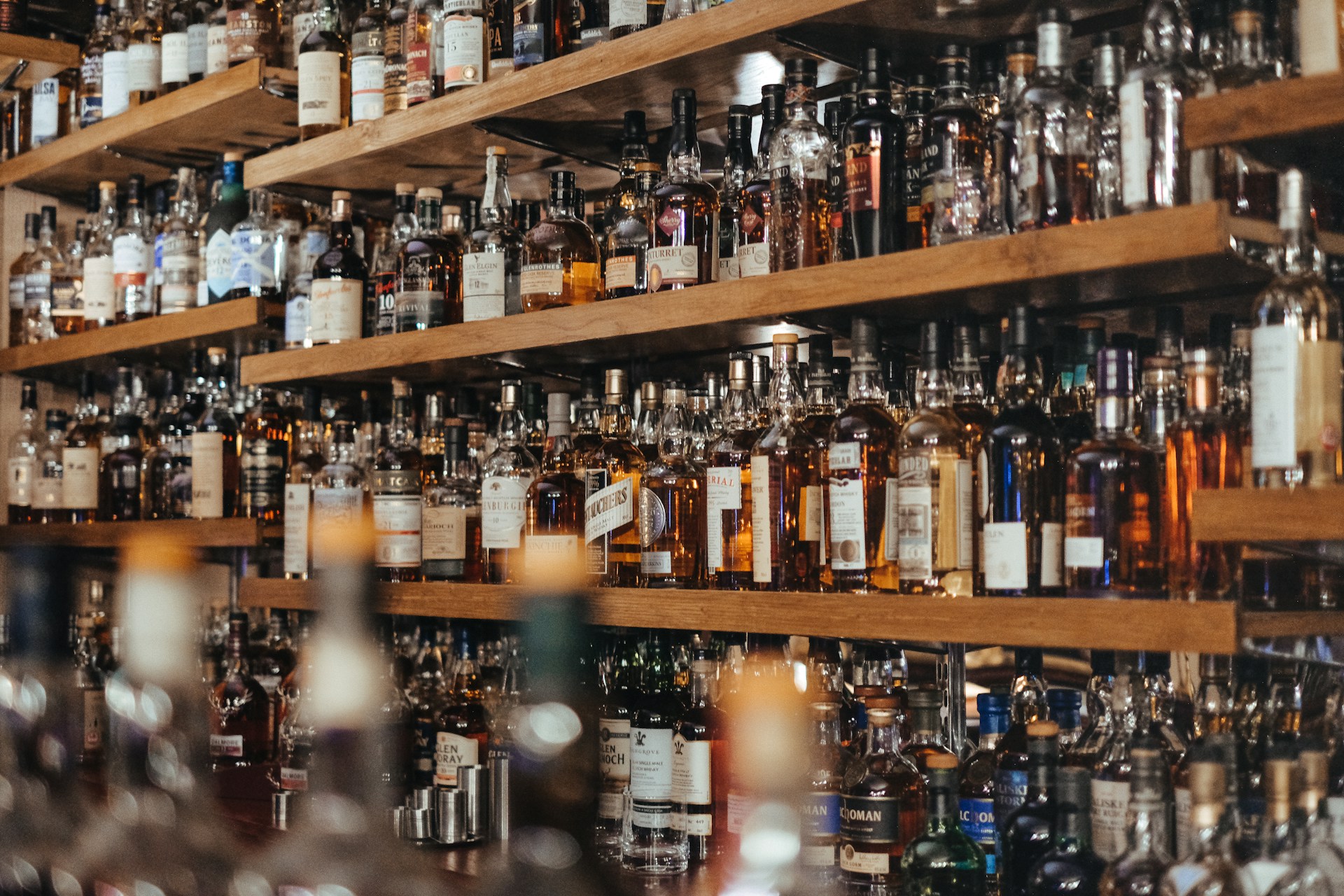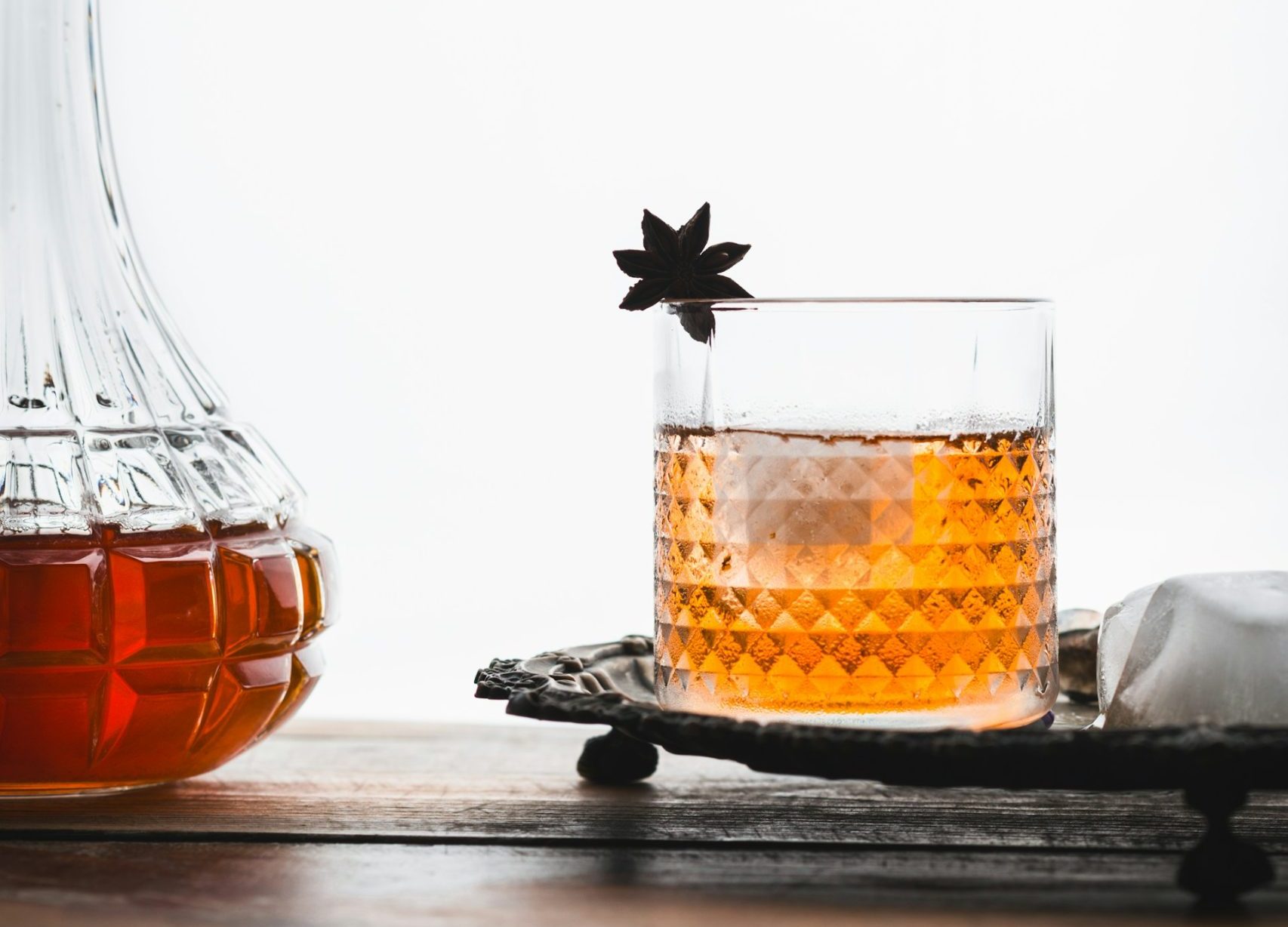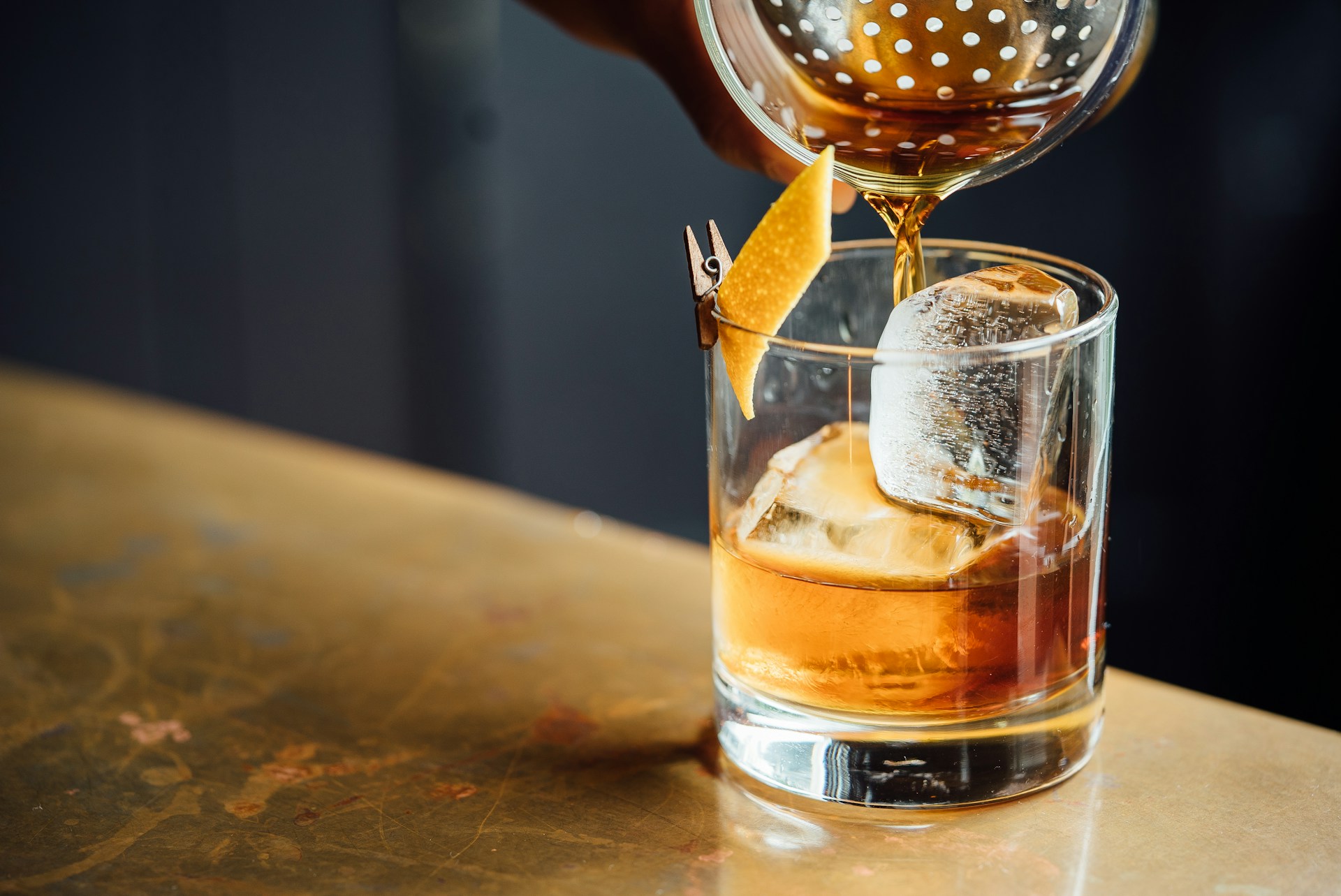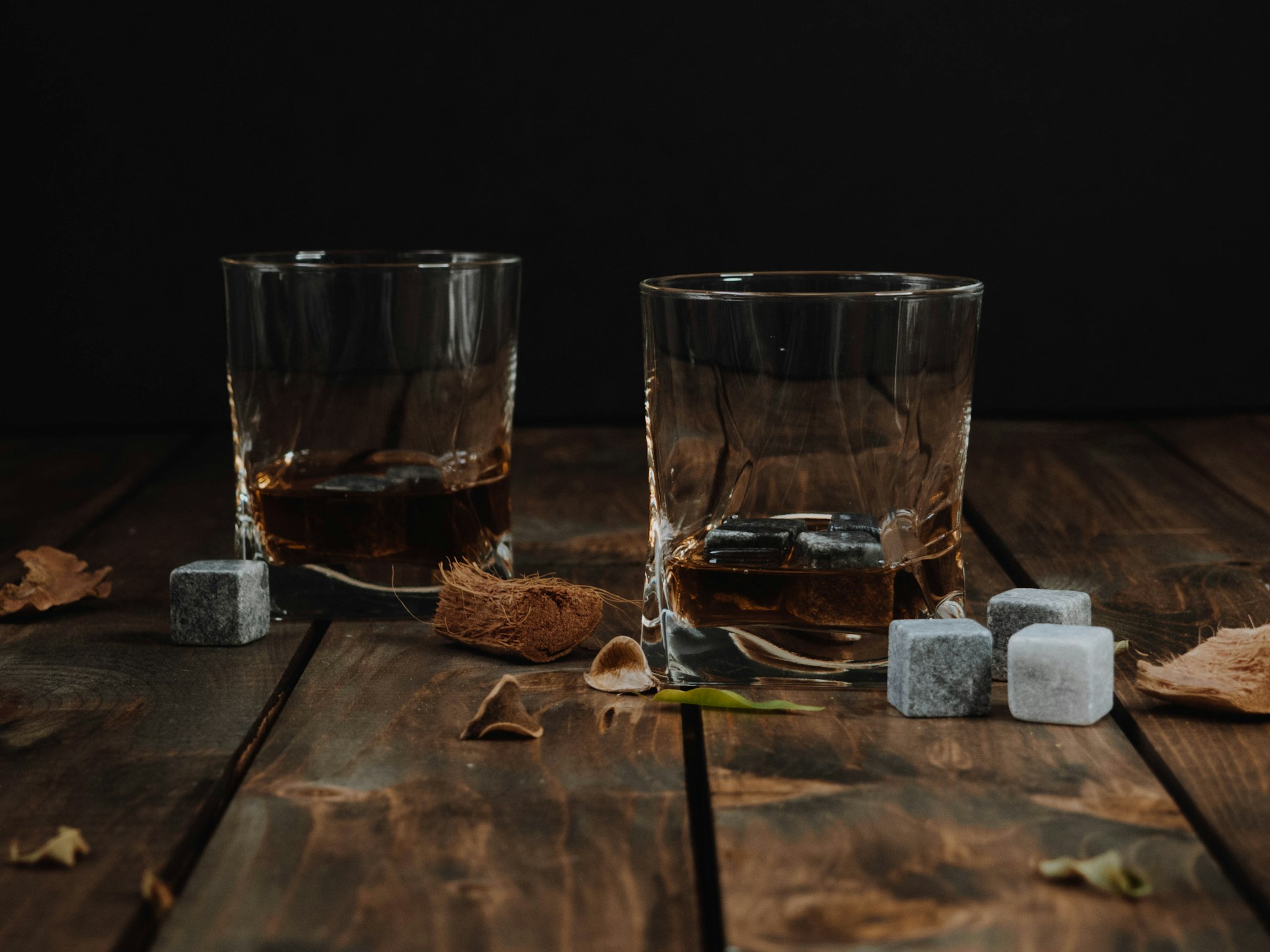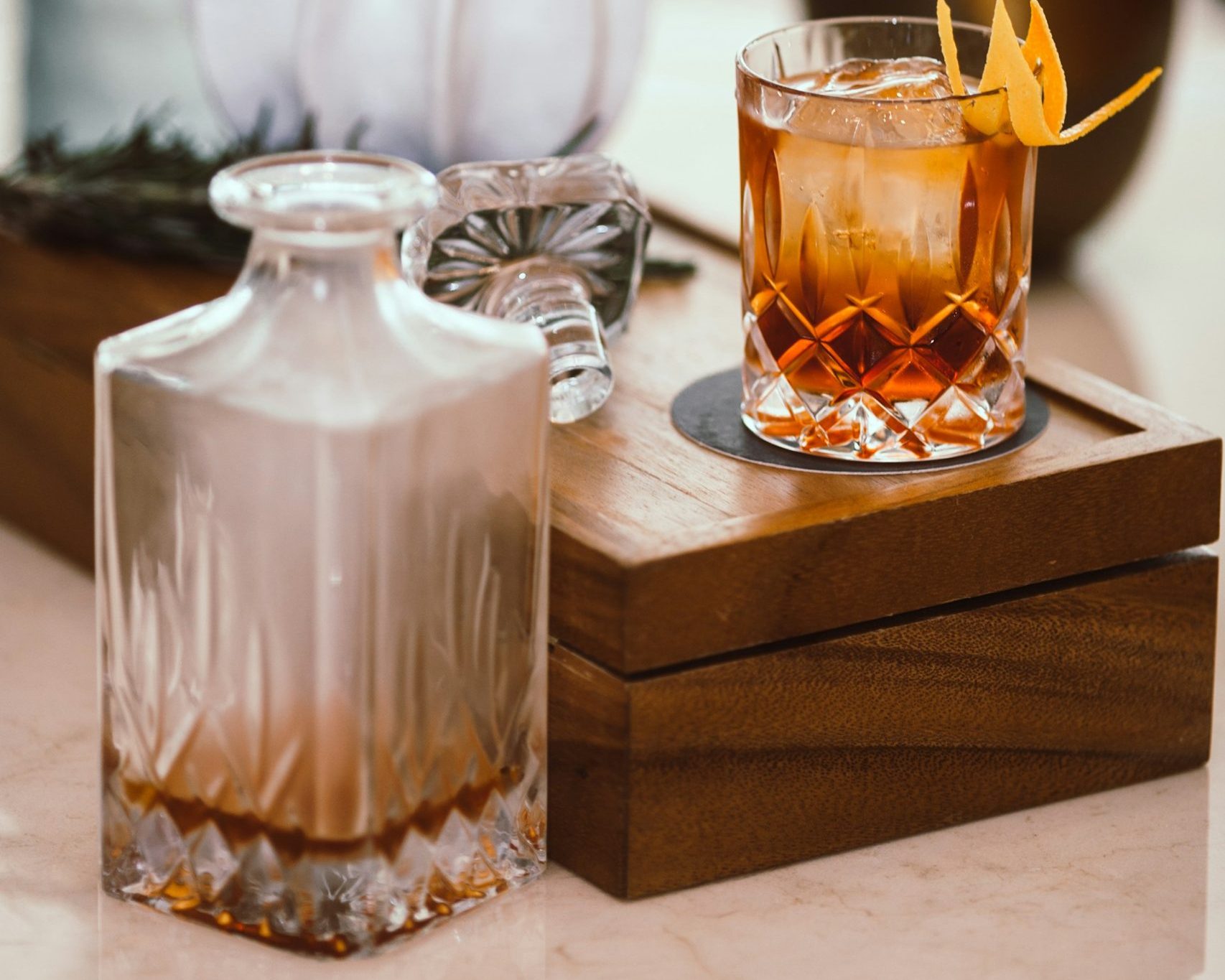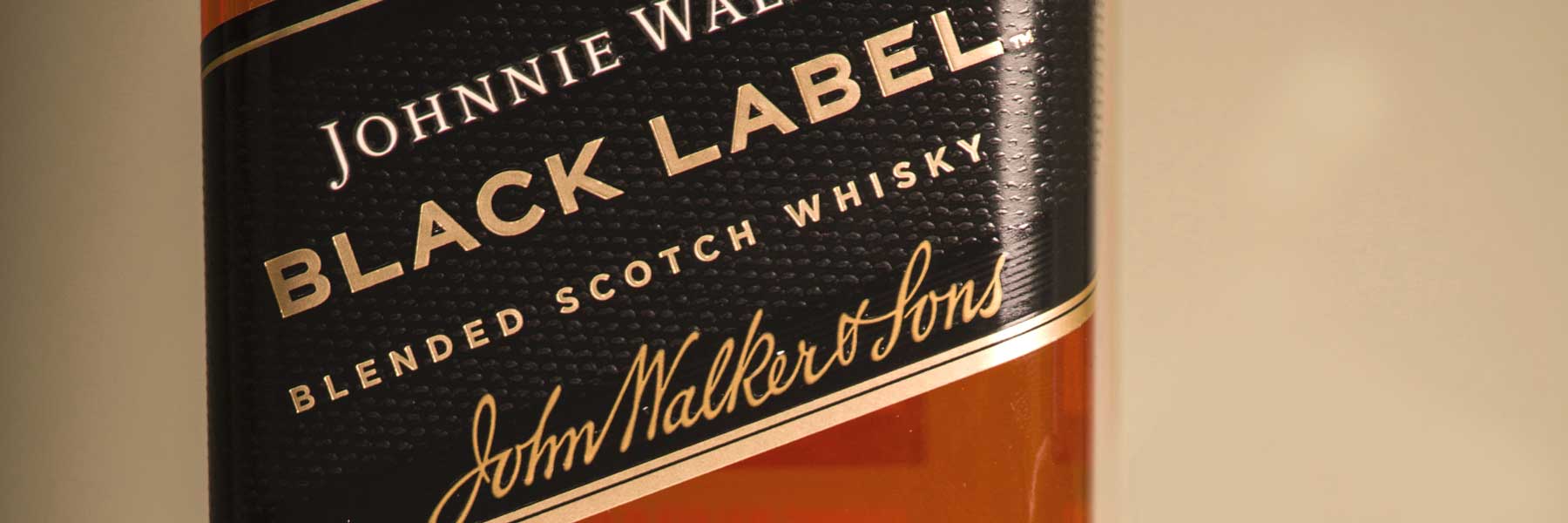History Of Bourbon
Last updated on November 12th, 2024
Bourbon has a rich history as complex and flavorful as the whiskey itself. From its humble beginnings in the late 18th century to its current status as a global phenomenon, bourbon has played a significant role in American culture. Let’s look at the fascinating journey of this iconic whiskey.
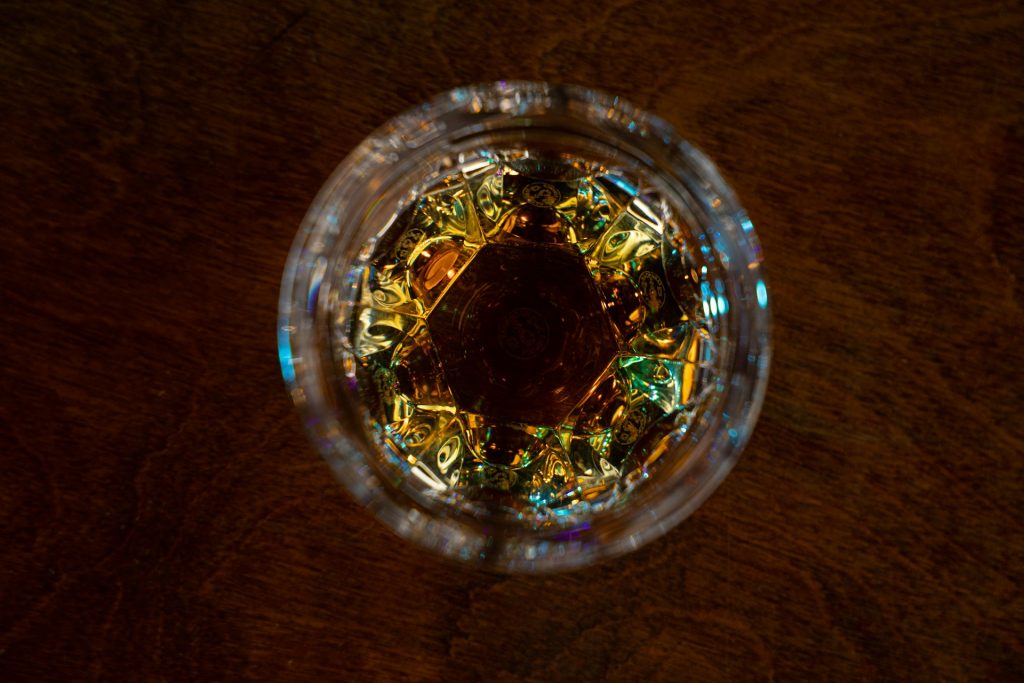
What is Bourbon?
Bourbon is a type of American whiskey that has captured the hearts of spirits enthusiasts worldwide. But what exactly makes a whiskey a bourbon? Let’s break it down in simple terms.
Definition and Legal Requirements
Bourbon isn’t just any whiskey – it’s a strictly regulated spirit that must meet specific criteria to earn its name:
- Made in the USA: Contrary to popular belief, bourbon doesn’t have to be made in Kentucky, though much of it is. It can be produced anywhere in the United States.
- Grain mixture: The recipe, or “mash bill,” must contain at least 51% corn. The remaining 49% can be other grains like rye, wheat, or barley.
- Aging process: Bourbon must be aged in new, charred oak barrels. There’s no minimum aging period for standard bourbon, but “straight” bourbon must be aged for at least two years.
- Distillation proof: It must be distilled to no more than 160 proof (80% alcohol by volume).
- Bottling proof: It must be bottled at 80 proof or higher (40% alcohol by volume).
- Additives: Nothing can be added except water to adjust the proof for bottling.
Key Ingredients
The heart of bourbon’s flavor comes from its ingredients:
- Corn: The primary grain gives bourbon its characteristic sweetness.
- Other grains: Rye adds spiciness, wheat contributes smoothness, and barley helps in fermentation and adds nutty flavors.
- Water: Kentucky bourbon often credits the state’s limestone-filtered water for its unique taste.
- Yeast: Different yeast strains can significantly impact the final flavor profile.
Understanding these basics helps appreciate the craftsmanship behind every bottle of bourbon. Whether you’re sipping it neat, on the rocks, or in a classic cocktail, knowing what makes bourbon unique can enhance your enjoyment of this quintessential American spirit.
The Origins of Bourbon
The story of bourbon is deeply intertwined with the history of America itself. Let’s journey back to the early days of whiskey-making in the United States and explore how bourbon came to be.
Early American Whiskey Production
In the late 18th century, the newly formed United States was a nation of farmers. Many settlers, particularly those of Scottish and Irish descent, brought with them the knowledge of distilling grains into whiskey. This skill proved invaluable in the New World for several reasons:
- Preservation: Turning excess grain into whiskey prevented spoilage and provided a stable source of income.
- Transportation: Whiskey was easier to transport and sell than bulky grains, especially in regions with poor roads.
- Currency: In many frontier areas, whiskey was used as a form of currency for trade.
Initially, rye was the grain of choice for many of these early whiskey makers, particularly in Pennsylvania and Maryland. However, as settlers moved westward, they discovered that corn grew abundantly in the new territories.
The Birth of Bourbon in Kentucky
While the exact origins of bourbon are somewhat disputed, most historians agree that Kentucky played a crucial role in its development. Here’s why:
- Ideal conditions: Kentucky’s climate and limestone-filtered water were perfect for growing corn and producing whiskey.
- Baptist minister Elijah Craig: Often credited as the “inventor” of bourbon, Craig allegedly was the first to age his whiskey in charred oak barrels in the 1780s. While this claim is debated, it highlights the importance of the aging process in bourbon’s evolution.
- Bourbon County: Named after the French royal family to honor France’s support during the American Revolution, this Kentucky county lent its name to the whiskey produced in the region.
- River transportation: The Ohio River provided an easy way to transport barrels of whiskey to New Orleans, a major trade hub. The long journey in charred oak barrels allowed the whiskey to age and develop its distinctive flavor.
- Corn abundance: The shift from rye to corn as the primary grain was pivotal in creating bourbon’s unique taste profile.
Note that bourbon didn’t emerge as a distinct category overnight. The transformation from “whiskey made primarily from corn” to “bourbon” was gradual, with production techniques and legal definitions evolving over time.
By the early 19th century, the name “bourbon” began to be associated with the corn-based whiskey coming out of Kentucky. Its popularity grew, setting the stage for bourbon to become America’s native spirit and a key player in the country’s cultural and economic landscape.
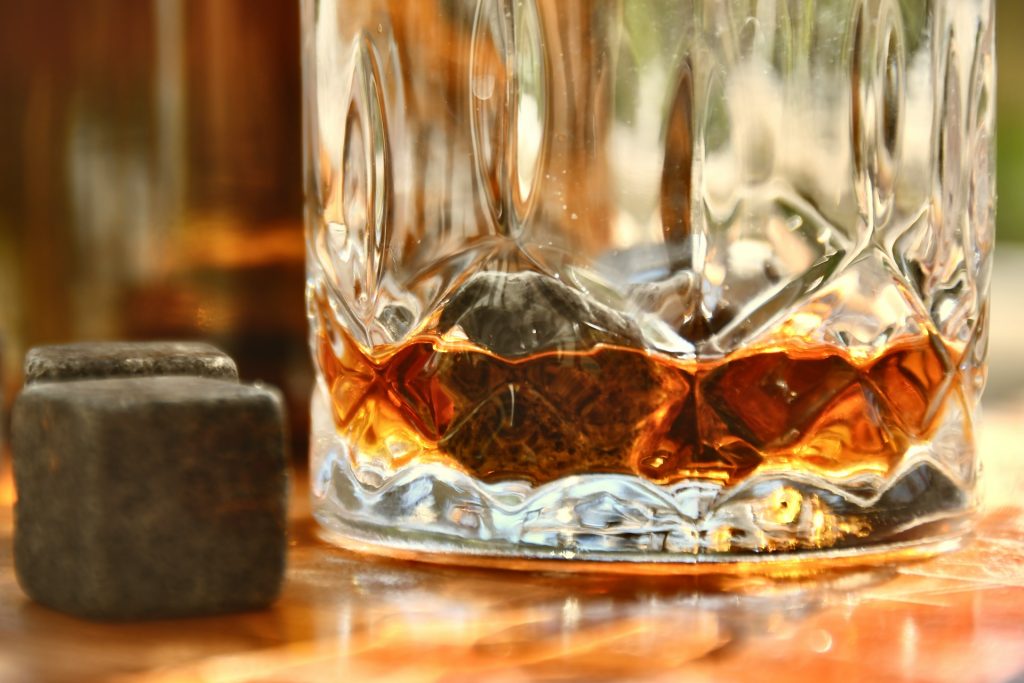
The Evolution of Bourbon Production
As bourbon gained popularity, its production methods evolved from small-scale operations to industrial-scale distilleries. This evolution was marked by technological advancements and changing consumer demands, shaping the bourbon we know today.
From Small-Scale to Industrial Distillation
- Early production: In the late 18th and early 19th centuries, bourbon was largely produced on farms and in small distilleries. These operations were often family-run, using techniques passed down through generations.
- Growth of commercial distilleries: As demand increased, large commercial distilleries began to emerge. This shift allowed for greater production volumes and more consistent quality.
- Industrialization: The mid-to-late 19th century saw the introduction of column stills, which allowed for continuous distillation and increased efficiency. This innovation marked a significant leap from the traditional pot still method.
- Standardization: With the growth of larger distilleries came efforts to standardize production methods and quality control, leading to more consistent products.
Technological Advancements
Several key innovations have shaped modern bourbon production:
- Improved grain handling: Mechanized systems for moving and processing grains increased efficiency and consistency in the mashing process.
- Temperature control: Better temperature regulation during fermentation allowed for more precise control over flavor development.
- Advanced distillation equipment: Modern stills offer greater control over the distillation process, allowing distillers to fine-tune their products.
- Barrel management: Improved techniques for barrel making and aging, including climate-controlled warehouses, have enhanced the maturation process.
- Quality testing: The introduction of scientific testing methods has allowed for better quality control and consistency.
- Automation: Many aspects of production, from mashing to bottling, now involve computerized systems for precision and efficiency.
Despite these advancements, many bourbon producers still emphasize traditional methods and craftsmanship. The balance between innovation and tradition continues to define the bourbon industry, with some distilleries embracing cutting-edge technology while others pride themselves on time-honored techniques.
Bourbon Through the Ages
Bourbon’s journey through American history is marked by significant periods that shaped not only the spirit itself but also its role in society. Let’s explore these key eras in bourbon’s timeline.
Pre-Prohibition Era
- Early 1800s: Bourbon began to emerge as a distinct style of whiskey, gaining popularity beyond its Kentucky roots.
- 1840s-1860s: The cocktail culture in America started to boom, with bourbon featuring prominently in many classic drinks.
- 1870s-1900s: This period saw a significant expansion of the bourbon industry, with many of today’s well-known brands being established.
- Quality concerns: As production increased, so did issues with adulteration and misrepresentation, leading to the Bottled-in-Bond Act of 1897, which set quality standards for whiskey.
- 1909: The Taft Decision further defined what could be labeled as “straight whiskey,” helping to protect bourbon’s integrity.
Prohibition and its Impact
- 1920-1933: The 18th Amendment banned the production, transport, and sale of alcohol in the United States.
- Distillery closures: Many bourbon distilleries were forced to shut down, with only a handful surviving by producing medicinal whiskey.
- Bootlegging: Illegal production and distribution of bourbon and other spirits flourished, often resulting in lower-quality products.
- Cultural shift: Prohibition changed America’s drinking culture, pushing consumption underground and altering public perception of alcohol.
Post-Prohibition Revival
- 1933: The repeal of Prohibition allowed distilleries to resume legal production, but the industry faced challenges in rebuilding.
- 1940s: World War II led to a pause in whiskey production as distilleries shifted to producing industrial alcohol for the war effort.
- 1950s-1960s: Bourbon enjoyed a resurgence in popularity, becoming a symbol of American culture both domestically and internationally.
- 1964: Congress declared bourbon a “distinctive product of the United States,” cementing its status as America’s native spirit.
- 1970s-1980s: Bourbon faced a decline as changing tastes led consumers towards lighter spirits like vodka and gin.
- 1990s-Present: A renewed interest in craft and premium spirits has led to a bourbon renaissance, with both established brands and new craft distilleries thriving.
Throughout these periods, bourbon has adapted to changing consumer preferences, legal landscapes, and cultural shifts. It has survived prohibition, wars, and changing tastes, emerging as a category that balances respect for tradition with innovation.
The story of bourbon through the ages is not just about a spirit, but about American resilience, craftsmanship, and cultural identity. From its humble beginnings to its current status as a globally recognized and respected whiskey, bourbon’s journey mirrors the American experience in many ways, making it truly a spirit with a story in every sip.
Key Figures in Bourbon History
Throughout bourbon’s rich history, several individuals and families have played pivotal roles in shaping the industry. These influential distillers and innovators have left an indelible mark on America’s native spirit.
Influential Distillers and Families
- Elijah Craig (1738-1808): Often credited as the “Father of Bourbon,” Craig was a Baptist minister who allegedly first aged whiskey in charred oak barrels. While this claim is debated, his name remains synonymous with bourbon innovation.
- James C. Crow (1789-1856): A Scottish immigrant and physician, Crow is credited with implementing scientific methods in bourbon production. He standardized the sour mash process, improving consistency and quality.
- The Beam Family: Starting with Jacob Beam in 1795, the Beam family has been instrumental in bourbon production for over 200 years. Jim Beam, the great-grandson of Jacob, helped rebuild the industry after Prohibition.
- The Samuels Family: Best known for Maker’s Mark, Bill Samuels Sr. created a smoother bourbon by replacing rye with wheat in the mash bill. His wife, Margie Samuels, designed the distinctive bottle and red wax seal.
- Colonel Edmund Haynes Taylor Jr. (1830-1923): A modernizer of the industry, Taylor advocated for the Bottled-in-Bond Act of 1897, which helped ensure bourbon quality.
Notable Innovators
- Dr. James C. Crow: Beyond his scientific approach, Crow’s Old Crow bourbon became one of the most popular brands of the 19th century.
- George Garvin Brown: In 1870, Brown began selling his Old Forester bourbon in sealed glass bottles, a novelty at the time that assured consumers of the whiskey’s quality.
- Julian “Pappy” Van Winkle: Known for his commitment to wheat-based bourbon and long aging periods, Van Winkle’s approach has made Pappy Van Winkle one of the most sought-after bourbons today.
- Booker Noe: The grandson of Jim Beam, Noe created Booker’s Bourbon, one of the first small batch, uncut, and unfiltered bourbons to hit the market.
- Freddie Johnson: While not a distiller, Johnson, a third-generation employee at Buffalo Trace, has become a modern ambassador for bourbon, educating visitors and enthusiasts about the spirit’s history and production.
These key figures, among many others, have contributed to bourbon’s evolution from a frontier spirit to a globally respected whiskey. Their innovations, standards, and passion continue to influence bourbon production and appreciation today.
Bourbon’s Cultural Impact
Bourbon has become more than just a spirit; it’s an integral part of American culture, influencing society, literature, music, and even diplomacy. Let’s explore the role of bourbon in American society and its presence in popular culture.
Role in American Society
- Social lubricant: Bourbon has long been a staple at social gatherings, from casual get-togethers to formal events.
- Economic impact: The bourbon industry has been a significant contributor to the American economy, particularly in Kentucky, creating jobs and driving tourism.
- Culinary influence: Bourbon is not just for drinking; it’s a key ingredient in many traditional American dishes and modern cuisine.
- Gift-giving tradition: High-quality bourbon has become a popular gift for special occasions, symbolizing sophistication and appreciation.
- Collector’s item: Rare and vintage bourbons have become highly sought after, creating a vibrant collector’s market.
Bourbon in Popular Culture
- Literature: Bourbon features prominently in works by American authors like William Faulkner, Hunter S. Thompson, and contemporary writers such as Fred Minnick.
- Music: Country and blues music often reference bourbon, with songs like “One Bourbon, One Scotch, One Beer” becoming classics.
- Film and television: Bourbon often appears as a character prop in movies and TV shows, symbolizing everything from rugged individualism to Southern charm.
- Advertising: Bourbon ads have been a part of American media for over a century, reflecting changing social norms and marketing trends.
- Cocktail renaissance: The revival of classic cocktails has put bourbon back in the spotlight, with drinks like the Old Fashioned and Manhattan gaining renewed popularity.
- Tourism: The Kentucky Bourbon Trail has become a major attraction, drawing hundreds of thousands of visitors annually to experience bourbon culture firsthand.
Bourbon’s cultural impact extends far beyond the glass, touching various aspects of American life and identity. It continues to evolve, reflecting and sometimes shaping societal trends, while maintaining its status as an icon of American craftsmanship and tradition.
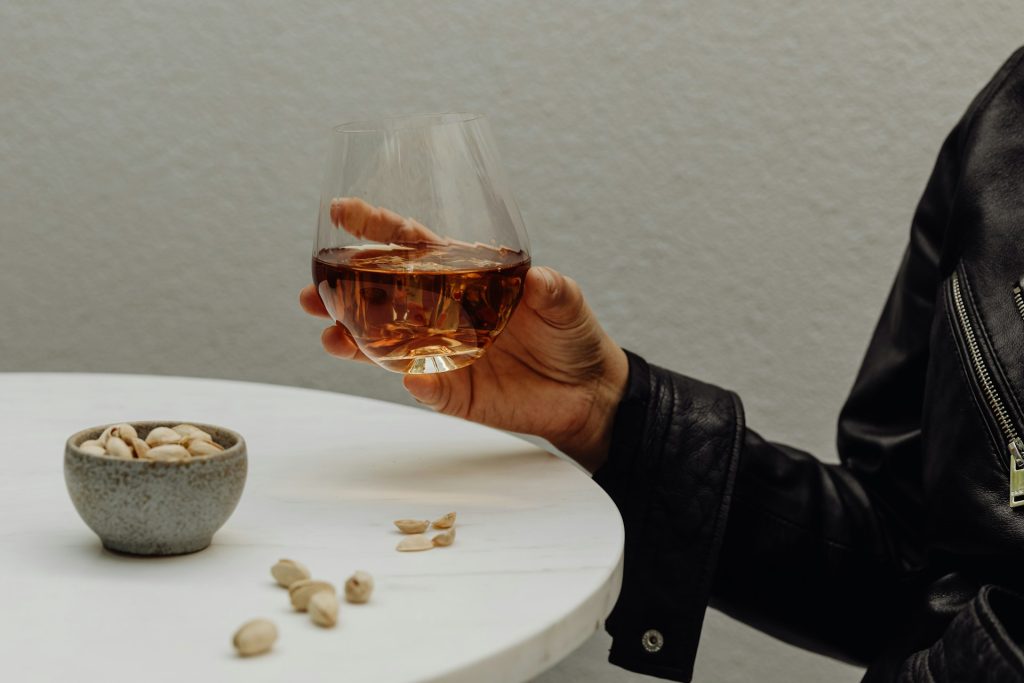
Modern Bourbon Industry
The bourbon industry has experienced a remarkable resurgence in recent decades, characterized by two significant trends: the craft bourbon movement and growing global popularity. These developments have reshaped the landscape of bourbon production and consumption.
Craft Bourbon Movement
- Rise of micro-distilleries: Since the early 2000s, there has been a boom in small, independent distilleries across the United States.
- Innovation in flavors: Craft distillers often experiment with unique mash bills, aging techniques, and finishing methods, expanding the range of bourbon flavors.
- Local focus: Many craft distilleries emphasize local ingredients and terroir, creating bourbons that reflect their specific geographic origins.
- Consumer education: Craft distillers often prioritize educating consumers about bourbon production, fostering a more knowledgeable and engaged customer base.
- Challenges: Despite their popularity, craft distillers face hurdles such as high start-up costs, long aging times, and competition from established brands.
Global Popularity and Exports
- International markets: Bourbon has gained significant traction in markets like Japan, Europe, and Australia, with exports reaching record levels in recent years.
- American whiskey ambassadors: Many distilleries have appointed brand ambassadors to promote bourbon culture worldwide.
- Premiumization: High-end and super-premium bourbons have found enthusiastic audiences abroad, elevating the spirit’s global status.
- Cocktail culture: The international craft cocktail renaissance has introduced bourbon to new consumers through classic and innovative mixed drinks.
- Trade considerations: Tariffs and trade disputes have occasionally impacted bourbon exports, highlighting the spirit’s economic importance.
- Tourism boost: The popularity of bourbon has led to increased international tourism to Kentucky and other bourbon-producing regions.
The modern bourbon industry balances tradition with innovation, maintaining time-honored production methods while embracing new ideas.
FAQs
1. Why is bourbon called bourbon?
The name likely comes from Bourbon County, Kentucky, where much early bourbon production took place. However, it may also reference Bourbon Street in New Orleans, a major port for shipping the whiskey.
2. Does bourbon have to be made in Kentucky?
No, bourbon can be produced anywhere in the United States. However, Kentucky does make about 95% of the world’s bourbon supply.
3. What’s the difference between whiskey and bourbon?
All bourbon is whiskey, but not all whiskey is bourbon. Bourbon must meet specific legal requirements, including being made from at least 51% corn and aged in new, charred oak barrels.
4. How long does bourbon need to be aged?
There’s no minimum aging requirement for bourbon, but “straight” bourbon must be aged for at least two years. Many premium bourbons are aged much longer.
5. Why are some bourbons labeled “bottled-in-bond”?
This term comes from the Bottled-in-Bond Act of 1897. It means the bourbon is the product of one distillation season, one distiller, and one distillery, bottled at 100 proof, and aged for at least four years in a federally bonded warehouse.
Summary
- Bourbon, America’s native spirit, evolved from early frontier whiskey to become a strictly regulated and globally appreciated drink.
- Key figures like Elijah Craig, James Crow, and the Beam family shaped bourbon’s development through innovation and standardization.
- Bourbon survived Prohibition, adapted to changing tastes, and experienced a recent renaissance driven by craft distilleries and global demand.
- The spirit has significantly impacted American culture, influencing literature, music, cuisine, and even tourism.
- Modern bourbon balances tradition with innovation, embracing both time-honored production methods and new flavor explorations.


